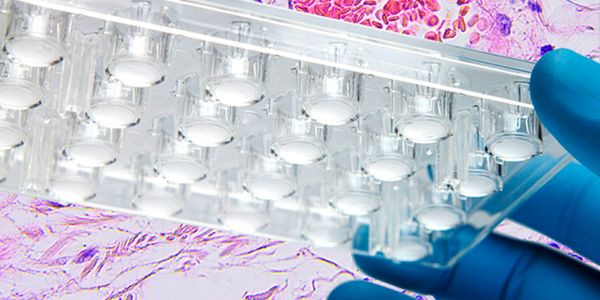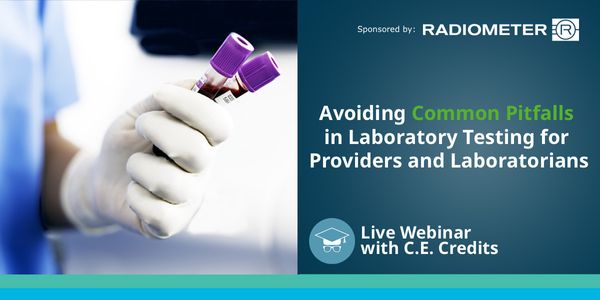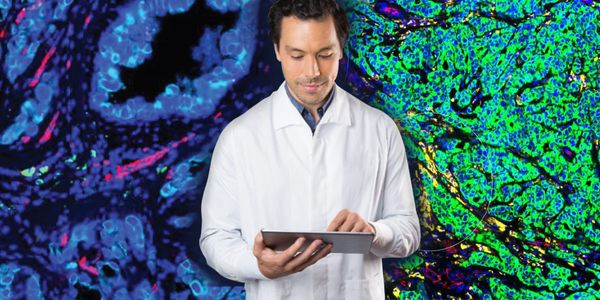Imaging
Imaging: the technique and process of creating visual representations of the interior of a body for clinical analysis and medical intervention, as well as visual representation of the function of some organs or tissues (physiology). Medical imaging seeks to reveal internal structures hidden by the skin and bones, as well as to diagnose and treat disease. Medical imaging also establishes a database of normal anatomy and physiology to make it possible to identify abnormalities. Although imaging of removed organs and tissues can be performed for medical reasons, such procedures are usually considered part of pathology instead of medical imaging.
-
FEB 22, 2023 | 1:00 PMC.E. CREDITSJoin our webinar on diagnosing HIT: learn 4T's scoring, lab testing strategies, and practical steps for accurate clinical management....Speaker: Long Zheng, MD, PhDIf you use a pipette on a daily basis, then this webinar is for you. Pipettes are used to prepare samples, blanks, and standards for a range of analytical experiments. This is why the wrong...Speaker: Kate Morgan
FEB 22, 2023 | 9:00 AM
Date: February 22, 2023 Time: 9:00am (PST), 12:00pm (EST), 6:00pm (CET) Circular plasmid DNA has traditionally been used as a stable and efficient vector for gene expression and HDR-mediated...
In general, once a receptor drug target has been validated for the treatment of a particular condition, either a high throughput screen is carried out to identify potential hits, or existing...
Speaker:
Professor Kevin Pfleger, MA, PhD, FBPhS
Presented at: Drug Discovery & Development Virtual Event Series 2023
Many current technologies used in drug discovery and preclinical development programmes typically involve multi-step operations, extensive hands-on time, and lengthy liquid handling processe...
Ninety percent of therapeutic agents reaching clinical trial fail to reach entry to market, with safety concerns being a major cause for failures in phase I and II clinical trials. Drug-indu...
Speaker:
Christiana Skarlatopoulou
Presented at: Drug Discovery & Development Virtual Event Series 2023
Non-alcoholic fatty liver disease (NAFLD) is a spectrum of metabolic disorders affecting 25% of our global population. 20% of NAFLD patients go on to develop Non-alcoholic steatohepatitis (N...
Learning Objectives: 1. Describe and discuss some of the unique aspect of in vivo studies. 2. Identify specific study practices to ensure high quality study data and animal welfare. 3. Discu...
Speaker:
Matthew Flegal, BS, SRS
Presented at: Drug Discovery & Development Virtual Event Series 2023
G Protein Coupled Receptors (GPCRs) are therapeutic targets for many medications used to treat a variety of disease states. A large number of genetic variants have been identified in the gen...
In this project, we optimized a high-throughput fluorescent-based assay to assess transporter activity by measuring uptake of the substrate, ASP+ 4-(4-(dimethylamino)styryl)-N-methylpyridi...
Speaker:
Rheaclare Fraser-Spears, PhD
Presented at: Drug Discovery & Development Virtual Event Series 2023
























